Tag: solar cells
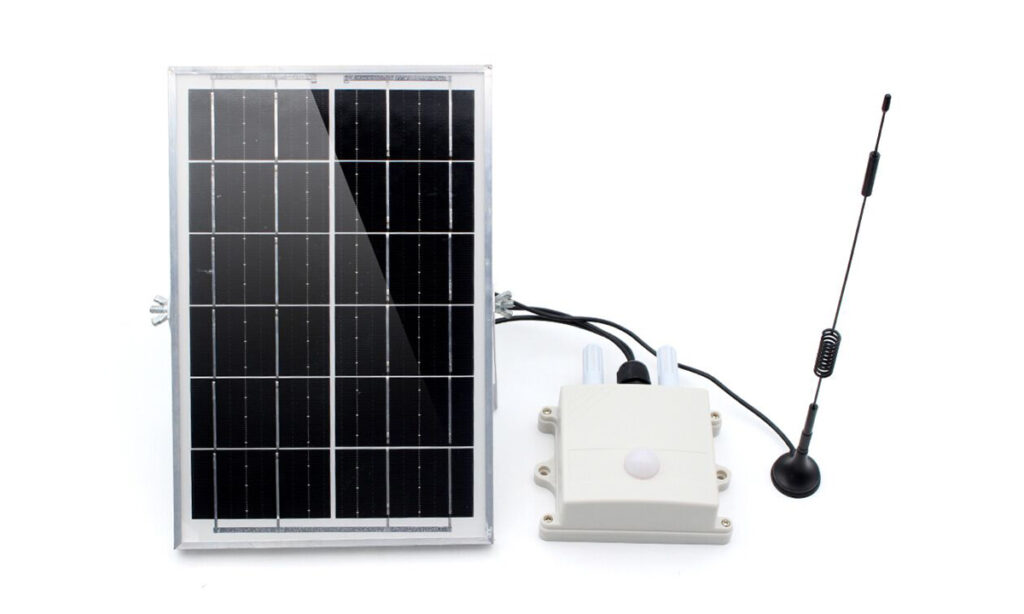
NBIOT/LTE-M1 Air Monitor: ESP32-S3-WROOM-1 and SIM7080G with GNSS for Greenhouse Monitoring
The NBIOT/LTE-M1 Air Monitor uses an ESP32-S3-WROOM-1 controller and a SIM7080G module for cellular data transmission. It monitors temperature, humidity, CO2 levels, TVOC, and light intensity. The device is powered by an internal 18650 LiPo battery, charged by a solar panel with MPPT...
Continue Reading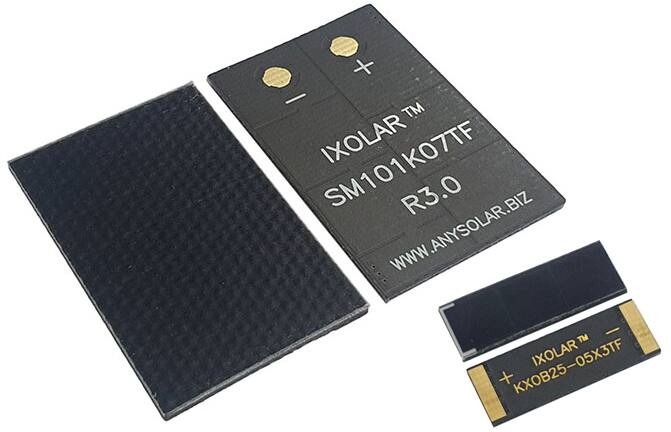
IXOLAR™ Thin 1.2 mm, 25% Efficiency Solar Cells
ANYSOLAR’s thin solar cells weigh 40% less and are ideal for charging lightweight battery-powered products ANYSOLAR's IXOLAR™ cells are made of high-efficiency monocrystalline solar cells with a power conversion as high as 25%. The 1.2 mm thick solar cells have a 40% reduced...
Continue Reading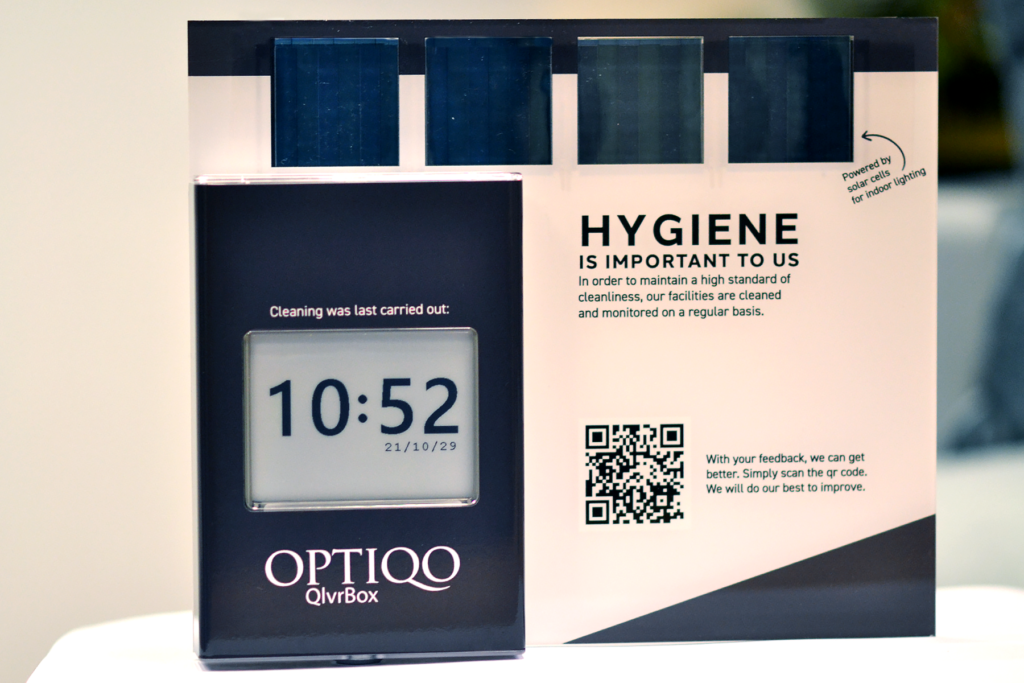
Worldwide launch of Optiqo’s QlvrBox extended with Epishine’s organic solar cells optimised to harvest indoor lighting.
Epishine and Optiqo have collaborated and this has now resulted in a brand-new version of Optiqo's QlvrBox powered with organic solar cells optimized to harvest indoor lighting that now is available for order worldwide. This version of the QlvrBox enables improved sustainability,...
Continue Reading
Indoor Solar Cells optimised to convert ambient indoor light to electricity
Swedish and Chinese scientists have developed organic solar cells optimised to convert ambient indoor light to electricity. The power they produce is low, but is probably enough to feed the millions of products that the internet of things will bring online. For more information see the...
Continue Reading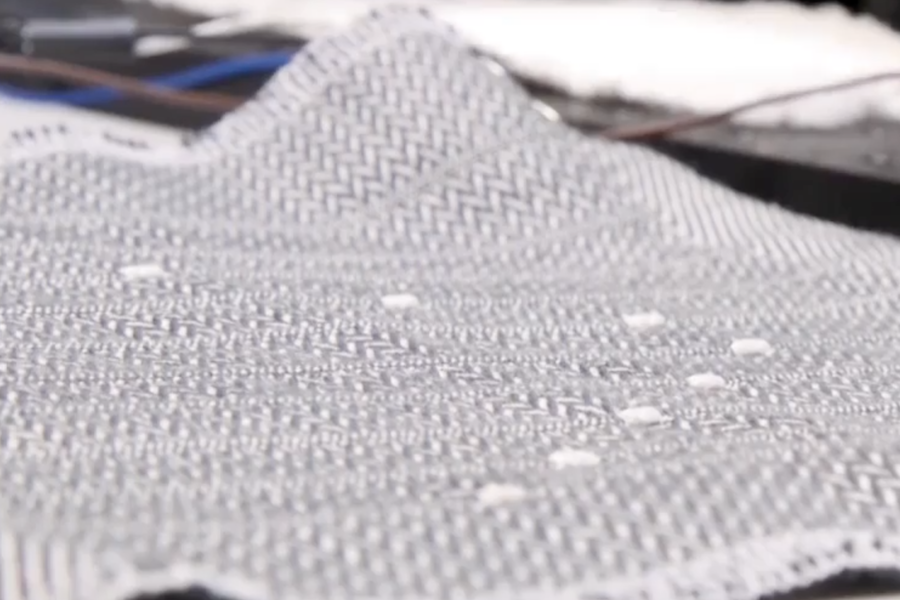
Miniature Solar Cells Embedded in Clothes can Charge your Mobile
Miniature technology is a claim in today's world. We talked recently about the tiny gyroscope which is the size of a grain of rice, and now clothes embedded with miniature solar cells the size of a flea can allow wearers to generate electricity outdoors, and charge items like mobile...
Continue Reading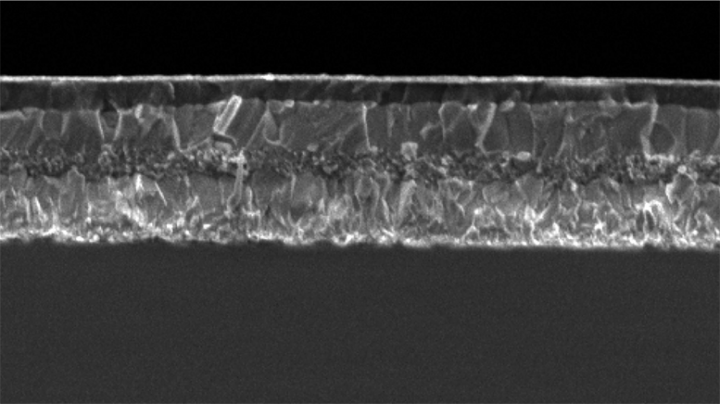
21.1% efficiency with Perovskite solar cells
Scientists have successfully developed a Perovskite solar call containing Cesium which has attained an efficiency of 21.1%, as well as a world record for reproducibility. by Denis Meyer @ elektormagazine.com: In adding Cesium, the scientists at EPFL, let by Michael Saliba, have...
Continue Reading











